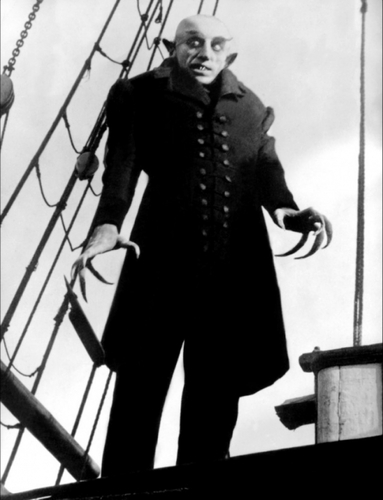BRATTLEBORO — The Estey Organ Museum will host an Organ Spooktacular with the Phantom on Friday, Oct. 30, at 7 p.m., at the First Baptist Church, 190 Main St.
The event will feature two shortened silent films, The Phantom of the Opera and Nosferatu. The Phantom features Lon Chaney, and Nosferatu features Max Schreck in the lead role. Both will receive accompaniment on the church's Estey pipe organ.
In addition there will be live performances of songs from Andrew Lloyd Webber's musical, The Phantom of the Opera, as well as spooky music played on the organ.
Organist for the event will be Mark Andersen from Lumberton, N.C. He began his education at East Carolina University in North Carolina where he studied organ, harp, voice, and carillon. His graduate studies carried him to Chicago and the American Conservatory and then on to a full scholarship at the Paris Conservatory where he studied organ with Marcel Dupre and composition with Nadia Boulanger.
Andersen served as one of four assistant organists to Notre Dame Cathedral under Pierre Cochereau while in Paris. Returning to the United States, he became organist for the Boston Symphony Orchestra and Artist in Residence to the John Hayes Hammond Castle Museum in Gloucester, Mass., where he played weekly concerts on the largest residence pipe organ in the world.
He is known both as a classical organist, and as a theatre organist, having presented numerous concerts in both genres, most recently giving a performance on a Wurlitzer theater organ restored by the Garden State Theater Organ Society in Rahway, N.J.
The Estey pipe organ in the church was built in 1906, and is a wonderful example of the so-called symphonic style of pipe organs popular at the time. What is sometimes forgotten is that “silent” films were never intended to be silent, but normally featured accompanying music provided by a pianist, organist, or even a full orchestra. Many of the films had musical scores specially composed for them to accompany the action.
